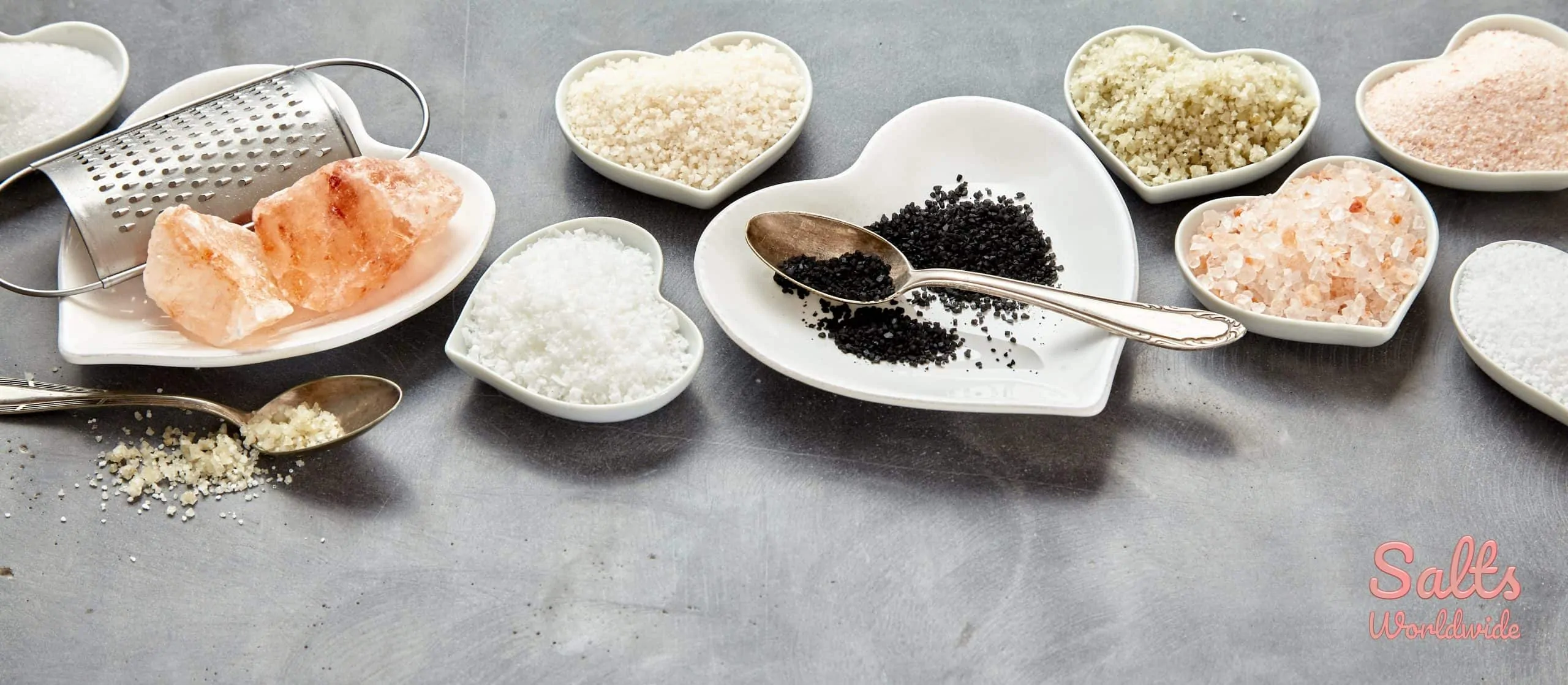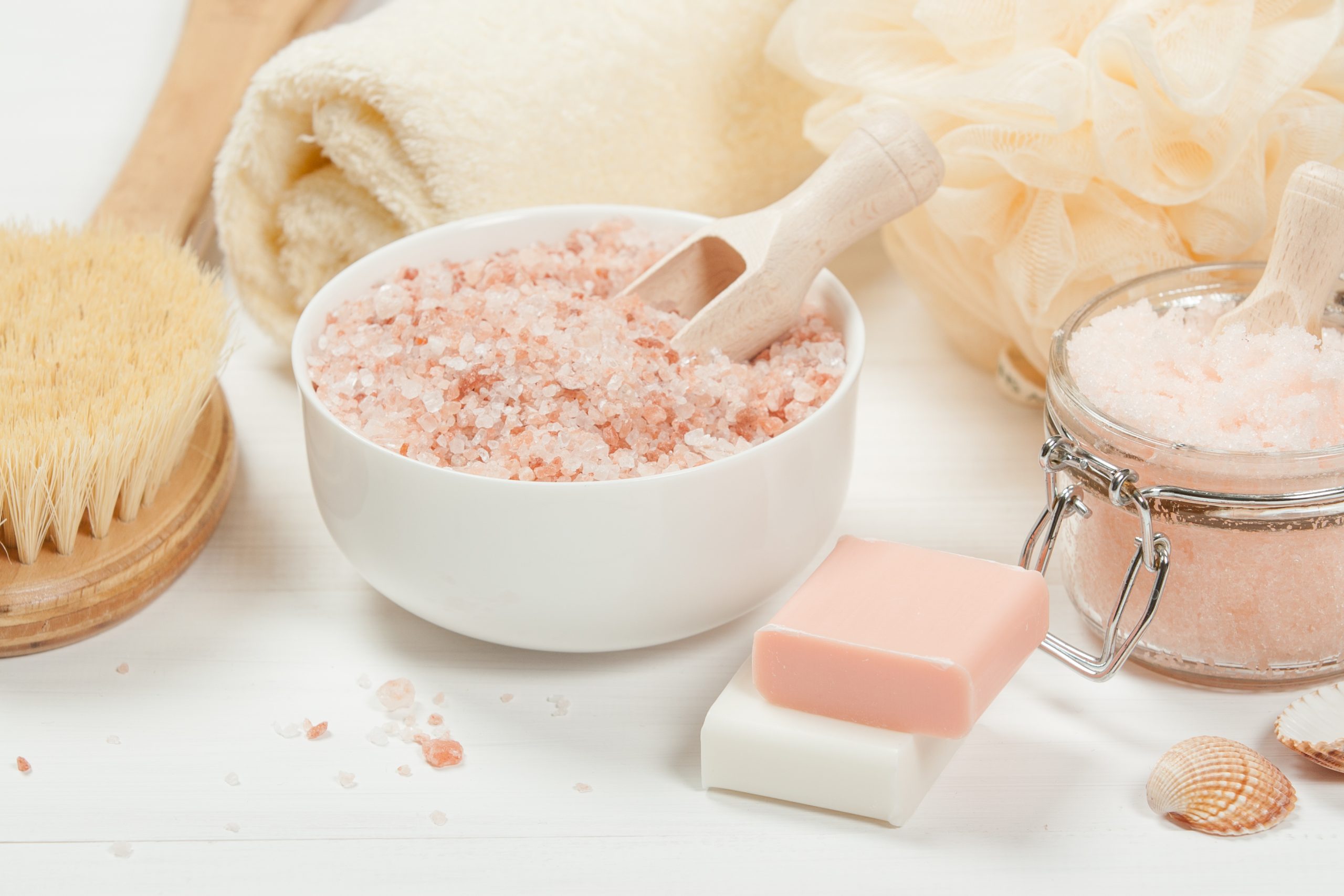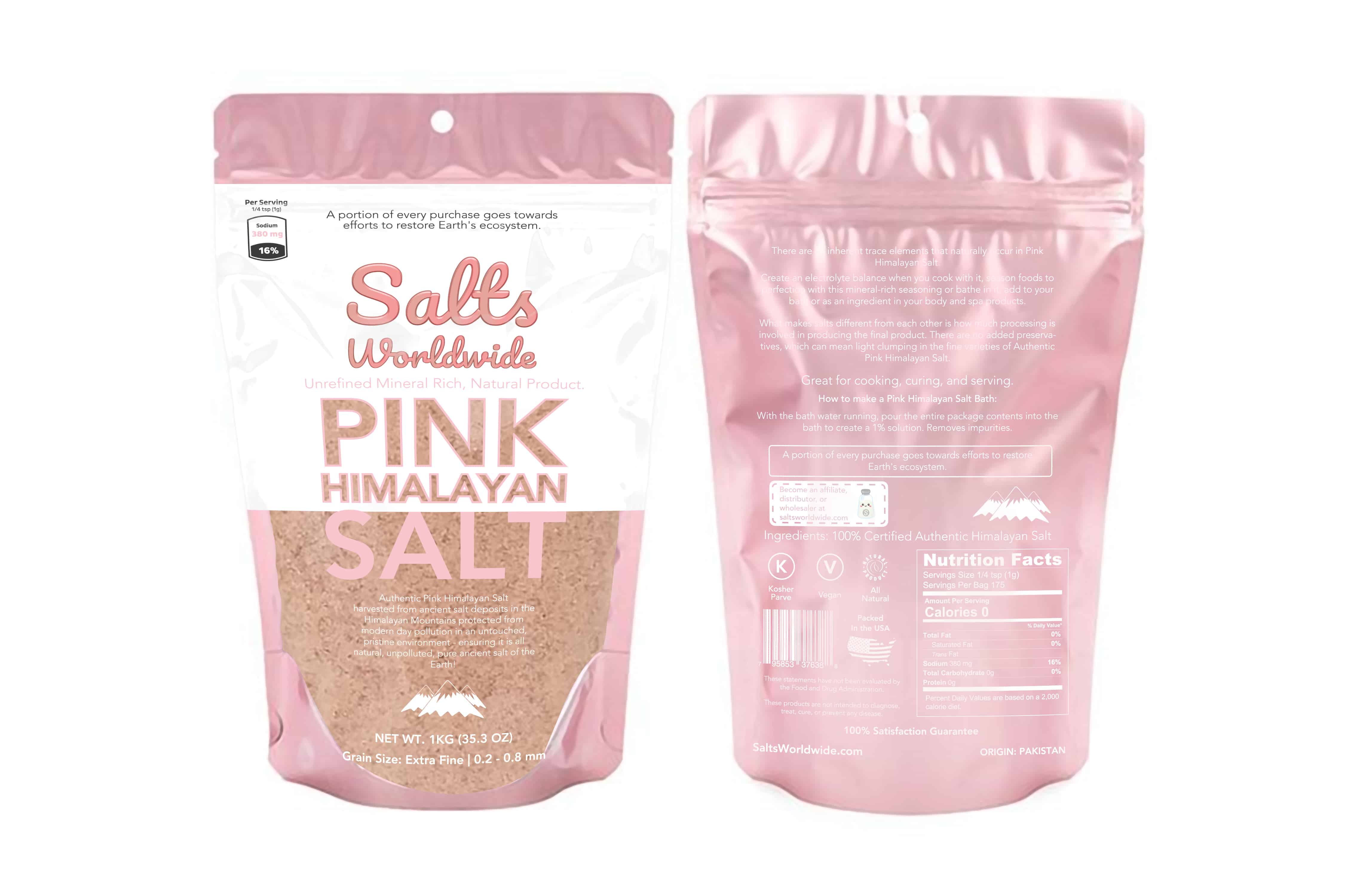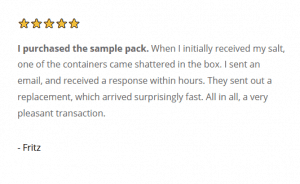Salt is arguably one of the staples in any household. It is a crystalline mineral that is composed of two elements, sodium, and chlorine. The two elements help the nerves and brain send electrical impulses making it essential for the processes that take place in a person’s body. Salt is generally used as a food additive and preservative as bacteria can hardly thrive in a saline environment. Simple as it may seem but surprisingly, this thing comes in different forms and variety. Two of which are Celtic Sea Salt and Himalayan Pink Salt. These two are the most popular ones. Let’s check how they’re different from each other.
Table of Contents
Origin
Celtic sea salt comes from the sandy clay coastal regions of France. It is produced by evaporating seawater. The sea salt is then sun-dried to retain its mineral contents. Himalayan pink salt, on the other hand, is mined from the foothill of the Himalayan mountain ranges in Pakistan. It is believed that salt from this area is millions of years old. Maintain its natural minerals, this type of salt undergoes natural processes.
Color
The Himalayan pink salt is noted for its subtle pink color with some shades of orange. Its color is attributed to its iron content. The Celtic sea salt somehow projects a grayish color due to traces of magnesium and other minerals.
Mineral Content
Traces of mineral impurities present in the two types of salt mentioned also vary. Four percent of Himalayan pink salt is composed of calcium, iron, potassium, magnesium, phosphorus, calcium, boron, chromium, copper, fluoride, iodine, manganese, molybdenum, selenium, zinc and other trace minerals in minute quantities, 96% of it being sodium chloride. Other minerals present in Himalayan salt are carbon, aluminum, selenium, platinum, titanium, and sulfur. When this type of salt is extracted, it is ensured to be treated with the utmost care for its purity to remain intact. This makes Himalayan pink salt the purest salt there is! Meanwhile, Celtic sea salt also holds a trace element and a variety of minerals. It has sulfur, magnesium, potassium, calcium, silicon, carbon, iron, aluminum, praseodymium, and strontium comprising the salts’ 16% content, 84% sodium chloride.
Moisture Content
Himalayan pink salt is generally dry with little or no moisture with 0.026% residual moisture compared to the Celtic sea salt with 13% moisture content.

Taste/Flavor
The Celtic sea salt gives a somewhat exquisite taste of a strong and briny flavor due to a higher concentration solution of salt in water. These are moist large crystals with a crunch to it. The Himalayan pink salt has a more subtle flavor than the Celtic sea salt. It is used more often with delicate flavors due to its very mild saltiness.

Health Benefits
It is general knowledge that salt is very important in the proper functioning of the organs of the human body. Himalayan pink salt takes the lead with its long list of nutritional and health benefits being free from any form of additives. Himalayan pink salt creates electrolyte balance in the body. It also controls acidity by balancing the body’s alkaline levels. It also serves as a good cleansing agent as it helps in detoxification and smooth metabolism. Muscle cramps may also be minimized with enough pink salt intake. It also prevents the development of goiter as it aids in the functions of the thyroid. It helps in regulating the cells’ water content and overall hormonal balance. On the other hand, Celtic sea salt also contains healing benefits as its aides in balancing the minerals present in the human body. It stabilizes the body’s blood sugar. It also boosts the immune system and reduces the retention of water in the body systems. It also lowers acidic levels and aids in fast healing and recovery from injuries. It may also increase the energy levels of a person.
With respiratory problems, Celtic sea salt can be taken before bedtime to have a clearer nasal passage when you wake up. However, more creative and innovative ways are applied to Himalayan pink salt as remedies for breathing problems. Inhalers are produced using pink salt and are a handy way to cure chronic respiratory diseases. When converted to lamps, Himalayan pink salt is also a great air purifier by trapping allergens and dust from the indoor air. The lamps give off relaxing color and light helping you to sleep well after a tiring day. Pink salt lamps also give off small amounts of negative ions that help produce serotonin and relieve stress and anxiety. Your moods can be as improved as possible with these cute and unique lamps with amber radiance around. Available in different styles and designs, pink salt in homes is an excellent addition to excellent home décor.








